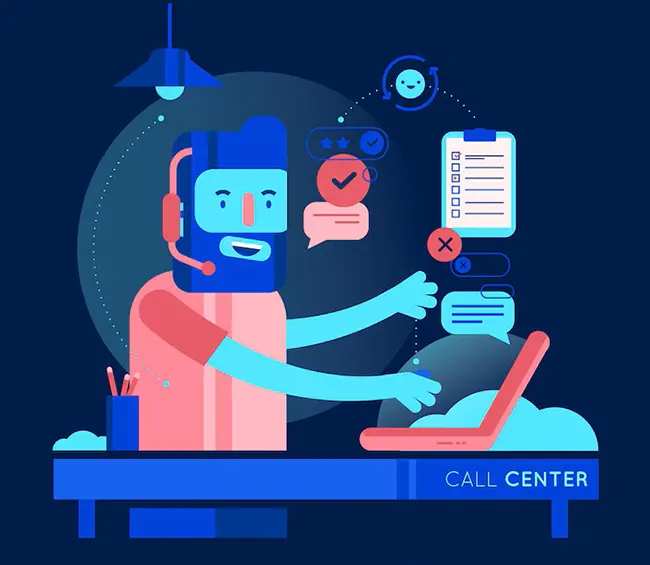Humanizing AI for Exceptional Customer Experiences

AI is reshaping contact centers, but to truly shine, it must feel human. This article blends insights on humanizing AI, managing autonomous AI risks, ensuring AI readiness, and securing voice channels to deliver outstanding customer experiences in 2025.
AI with a Human Touch
Autonomous AI acts like a virtual partner, empowering agents with real-time support. Imagine a customer calling about a delayed order: AI retrieves tracking details, suggests compensation options, and drafts responses, letting the agent focus on empathy. This personalization meets rising expectations, with customers valuing experience as much as products. AI analyzes data from calls, chats, and social media to anticipate needs, offering tailored solutions like discounts for loyal clients.
Humanizing AI means designing conversational interactions. Program systems to use empathetic language, like “I’m sorry for the trouble—let’s fix it!” Feedback ensures AI aligns with customer needs, creating authentic experiences. For example, a contact center might adjust a chatbot’s tone based on agent input, ensuring it sounds friendly, not mechanical. Chatbots handle routine queries, freeing agents for complex tasks, boosting efficiency while maintaining warmth.
Training agents to leverage AI is key. Workshops teach them to blend AI insights with personal touches, ensuring calls feel genuine. For instance, an agent might use AI’s suggested apology but add a comment based on the customer’s tone, creating a connection. This synergy builds loyalty, turning interactions into opportunities for retention.
Preparing for AI Success
AI readiness is the bedrock of effective adoption. Assess data systems for quality and accessibility—AI falters without clean data. Evaluate team skills, offering training to ease fears of automation. A clear roadmap outlines goals, like automating 20% of inquiries or enhancing analytics. Pilot projects test AI tools, scaling only when reliable. Governance addresses biases and ensures transparency.
A contact center might start with AI-driven call routing, monitoring its impact on wait times. Agent input refines the system, ensuring it supports workflows. This structured approach prevents failures, turning AI into a driver of efficiency and better service. Regular stakeholder meetings—IT, agents, managers—address integration issues, ensuring smooth adoption.
Managing Autonomous AI Risks
Autonomous AI’s decision-making power invites fraud, like deepfake scams. Training agents to spot suspicious patterns—like unusual requests—mitigates risks. Cryptographic verification confirms identities, blocking unauthorized AI actions. A risk matrix prioritizes threats, focusing on data breaches. Security drills simulate fraud, keeping teams sharp. Limiting AI autonomy in sensitive tasks ensures human oversight, balancing efficiency with security.
Securing Voice Channels
Voice channels are vulnerable to AI-driven attacks, like cloned voices. Voice firewalls block suspicious calls, while pre-answer authentication verifies callers through biometrics. Fraud detection analyzes patterns, catching synthetic voices. Training agents to identify fraud—such as inconsistent details—strengthens defenses. Routing high-risk calls to fraud teams reduces breaches, ensuring secure interactions that support humanized AI.
Conclusion
Invest in AI readiness with assessments and training. Humanize AI through conversational design and personalization, using feedback to refine systems. Secure voice channels with firewalls and authentication. Mitigate autonomous AI risks with verification and training. This approach creates a contact center that delivers exceptional, secure experiences in 2025, blending technology with human connection.


